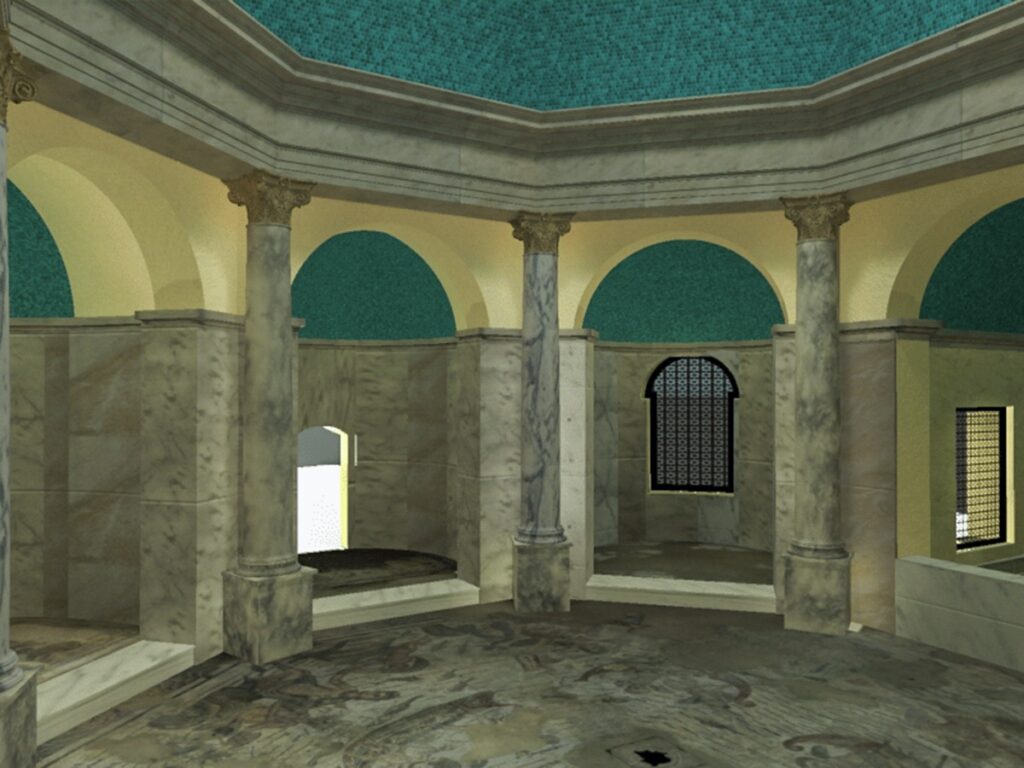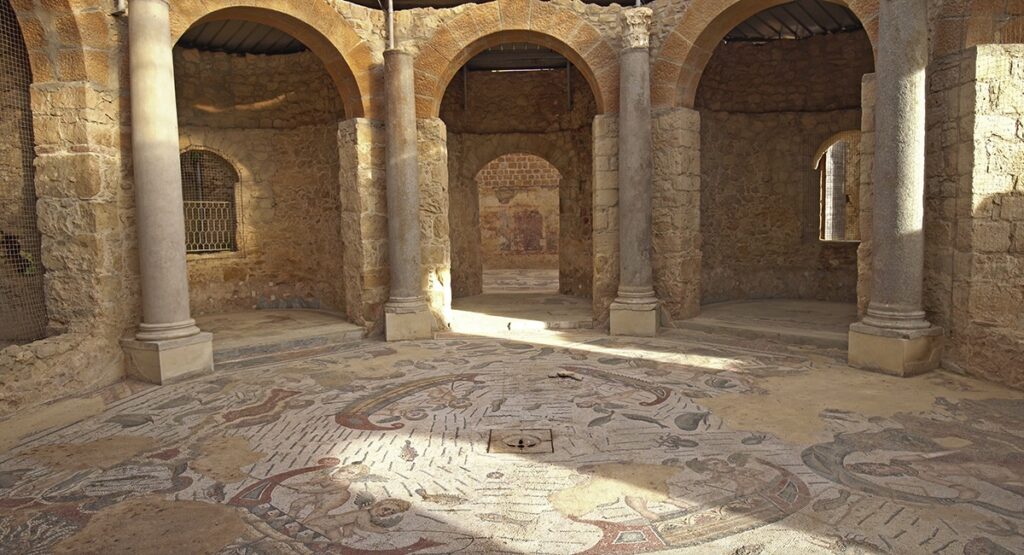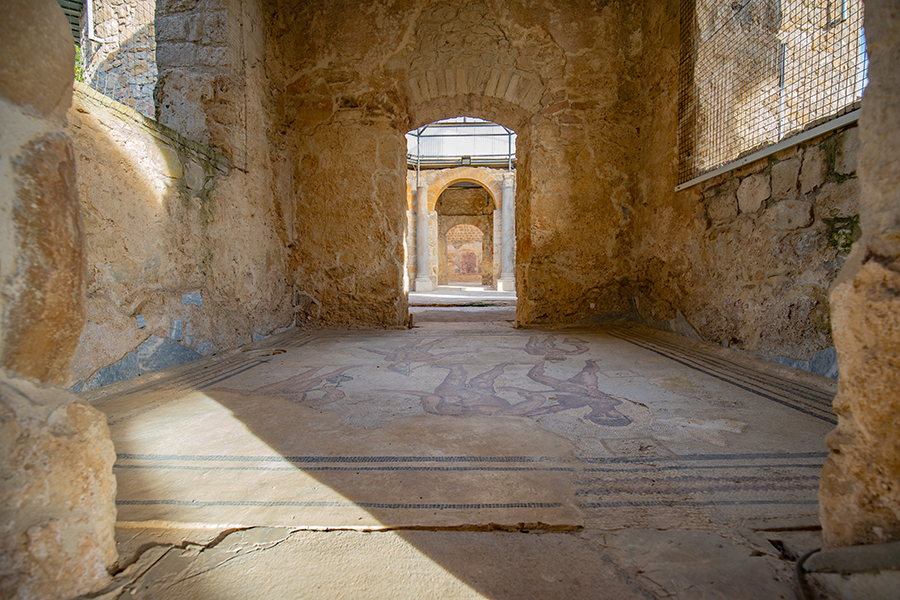
 The Roman baths were public buildings, deemed important for the hygiene and health of citizens, which is where S.P.A. – Salus Per Aquam (health through water) – derives from. They were equipped with complex systems for the supply of both cold and hot water. The thermal baths, built after the 2nd century BC, were one of the main social gathering places. All citizens, even the poorest ones, had access to the baths, many of which were free to enter.
The Roman baths were public buildings, deemed important for the hygiene and health of citizens, which is where S.P.A. – Salus Per Aquam (health through water) – derives from. They were equipped with complex systems for the supply of both cold and hot water. The thermal baths, built after the 2nd century BC, were one of the main social gathering places. All citizens, even the poorest ones, had access to the baths, many of which were free to enter.
The first baths were created near natural springs of hot water. As they developed, especially in the imperial age, thermal baths also appeared inside cities thanks to the great hydraulic works and new water heating techniques, using special ovens fuelled by the numerous slaves who worked underground.
The baths were small towns within the city itself. With all the comforts for physical well-being, they were built with a sequence of rooms dedicated to various functions: the Frigidarium, which was usually circular and covered by a dome, had cold water pools; the Caldarium had hot water pools. Between the Frigidarium and the Caldarium was the room of the tepidarium, with an average temperature. The natationes, swimming pools of various sizes, were often built in the baths, depending on its size and importance.
The ancillary or service spaces included the Apodyteria, rooms or alcoves used as changing rooms, the anointing room and the gymnasium.
In the most luxurious baths, adorned with mosaics, statues, fountains and other works of art, there were also small theatres, libraries and rooms for study or entertainment.